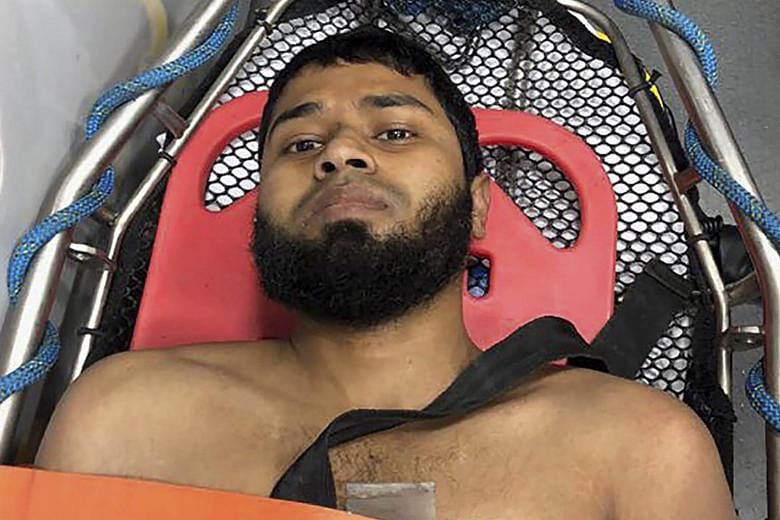WASHINGTON • Returning fighters from the vanquished Islamic State in Iraq and Syria (ISIS) group pose a grave danger to Europe and the United States, but the primary extremist threat comes from people living and radicalised inside their country, US terror experts say.
Even if they have no battleground experience, those who undertake solo attacks, like the two recently in New York, are almost impossible to detect in advance.
"In France, the US, or elsewhere, there certainly won't be any more large attacks planned from abroad like those of Nov 13, 2015 in Paris," said terror expert Marc Sageman, a former Central Intelligence Agency agent, referring to the ISIS operation that left 130 dead.
"Ever since then, attackers here or in Europe have not been guided by ISIS but acted on their own, imagining themselves to be soldiers of an imagined Islamic community which they want to defend or avenge."
Neither Akayed Ullah, the Bangladeshi immigrant who tried to blow up a New York subway station last week, mainly wounding himself, nor Sayfullo Saipov, an Uzbek who mowed down people on a New York bike path on Oct 31, killing eight, had any evident contact with ISIS terrorists aside from watching their propaganda videos.
Experts say that kind of self-radicalised attacker, completely unknown to the authorities, is the main threat countries face today.
While returning ISIS fighters are definitely a threat, "it's not a primary concern", said Mr Albert Ford of the New America think-tank.
"The attacks in this country were made by people who were in the country for years. The real danger is with these not very sophisticated but deadly attacks that we saw lately in New York."
According to the think-tank's data, 85 per cent of the 415 people accused of Islamist-related crimes in the US since the Sept 11, 2001 attacks have been American citizens.
Of them, 207 were born in the US. They also were not known to law enforcement: Only one-quarter had a police record.
"None of the deadly jihadist attacks in the United States since 2014 had a known operational connection to ISIS or its networks," a New America report said.
On both sides of the Atlantic, home-grown attacks "are obviously the most dangerous", echoed Mr Thomas Sanderson of the Centre for Strategic and International Studies' Transnational Threats Project. "Of the 19 last major attacks in Europe, 17 did not have a direct foreign factor element to it."
Home-grown attackers stay under the radar, giving little away that would alert police, he noted.
At the same time, experts say, the threat from the group in Syria and Iraq has not disappeared even if they have been expelled from nearly all of the territory it held.
For those who survive, according to former US undersecretary of defence for intelligence Michael Vickers, the war isn't over. "Defeating insurgencies always takes time. It ranges from ten years to decades. And this one is a global insurgency, with expanded space and expanded time," he said.
Indeed, the ISIS group planned for battlefield losses and has a strategy for surviving, noted Mr Bruce Hoffman, a Georgetown University national security expert. "Two or three years before the Paris attacks, ISIS put in place an external operations network. This network extends beyond Europe," he noted.
"The traction of that strategy was demonstrated last May when a bomb attack was committed in Manchester, England, against a concert venue. That attack was operated by an ISIS cell operating out of Benghazi, Libya."
And the returnees, even if they are more likely to be spotted by police than self-radicalised home-grown attackers, are still part of that network, added Mr Sanderson.
Even if returnees' numbers have been low, he said, "the returning fighters present a massive potential problem because of the skills and the credibility and the motivation".
AGENCE FRANCE-PRESSE

